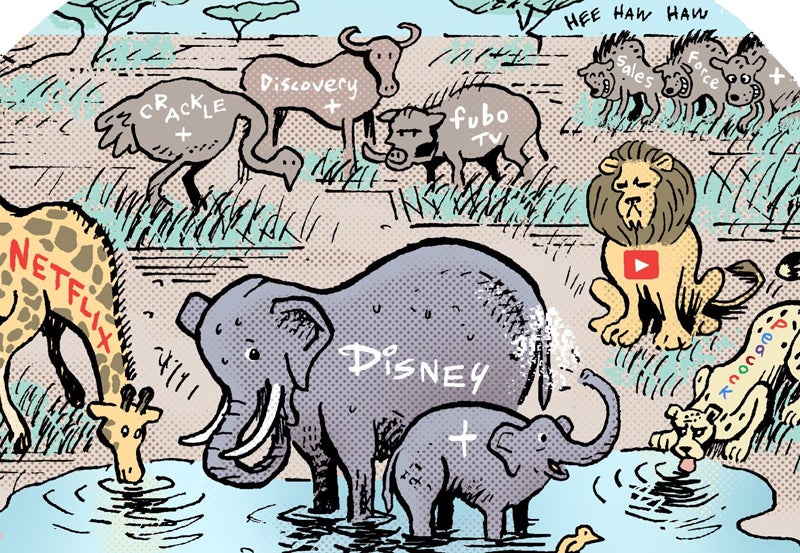While the National Retail Federation has turned cautiously optimistic on holiday sales, merchants this season face consumers determined to hold the line on gift spending, according to a report from The Conference Board.
The National Retail Federation has raised its holiday forecast, predicting consumer spending will increase 6%, to $439.53 billion, over last year.
The NRF in September predicted a 5% holiday sales increase over last year. This week marks the first time the group increased its forecast during the holiday season. The world’s largest retail trade organization cited strong October sales and falling gasoline prices for its renewed optimism.
“As gasoline prices decrease, consumers are finding a little extra padding in their wallets,” said NRF chief economist Rosalind Wells in a statement.
But according to the Conference Board, a survey of 5,000 U.S. households found they intend to spend $466 this year on holiday gifts compared to $476 last year.
“Consumers appear to have less Christmas spirit heading into Thanksgiving this year,” Lynn Franco, director of the Conference Board Consumer Research Center, told Direct Newsline.
The top holiday spenders will be New England households—Connecticut, Massachusetts, Maine, New Hampshire, Rhode Island and Vermont—which intend to spend $568, according to the Conference Board. The lowest holiday spenders will be in the South Central U.S.—Kentucky, Tennessee, Alabama, Mississippi, Arkansas, Louisiana, Oklahoma and Texas—where households, including many hit by Hurricanes Katrina and Rita, expect to spend $423 on gifts this year, the Conference Board reported.
Does the Conference Board’s report mean holiday spending will drop overall? Not necessarily, according to Franco. But merchants are going to have to lure consumers into their stores and onto their Web sites with more aggressive promotions, and then hope they can get shoppers to spend more once they get their hooks into them, she said. Franco pegs this year’s holiday spending increase at 3% to 5%.
“What we’re seeing is two things at play: Consumers are going onto the holiday season somewhat cautious given the current economic environment and given the fact that we still haven’t been hit with home heating bills that are expected to be substantially more than last year,” said Franco. “Second, they’ve become very accustomed to promotions and sales.
However, she said, “I think as long as you get the consumers into the store, they’re likely to open up their wallets.”
Franco’s assessment agrees with Purdue University retail expert Richard Feinberg, who predicts holiday spending will increase from 2% to 4% over last year. Feinberg, who is director of the Purdue Retail Institute and Center for Customer Driven Quality, said higher gasoline prices have resulted in the average consumer making one less trip to the mall per month. However, consumers still spent the same amount overall, but in fewer stores.
“That is why it is so important for retailers to induce visits and then make it attractive for consumers to spend when they are there,” he said in an e-mail exchange with Direct.
While the holiday shopping season can account for up to 40% of merchants’ annual sales, it can account for up to 75% of their profits, according to Feinberg.
Not surprisingly, online holiday spending is expected to see double-digit increases over last year, but still amounts to a fraction of consumers’ overall gift budgets.
Thirty four percent of consumers intend to buy holiday gifts online this year, compared to 33 percent a year ago, according to the Conference Board.
Feinberg—who contends that free shipping is the online merchant’s most effective promotion—predicts online holiday spending will increase 22% to $26 billion from $21 billion last year.
Online consumer behavior company comScore Networks predicts online holiday spending on non-travel goods at U.S. Web sites will exceed $19 billion during the November though December holiday season, up 24% from last year.
However, online retailers face a shorter holiday selling season, making their holiday promotions that much more crucial, contends Feinberg.
“Internet retailing drops off the map following Christmas, and so Internet retailers must get to their consumers much sooner,” said Feinberg in a report.



